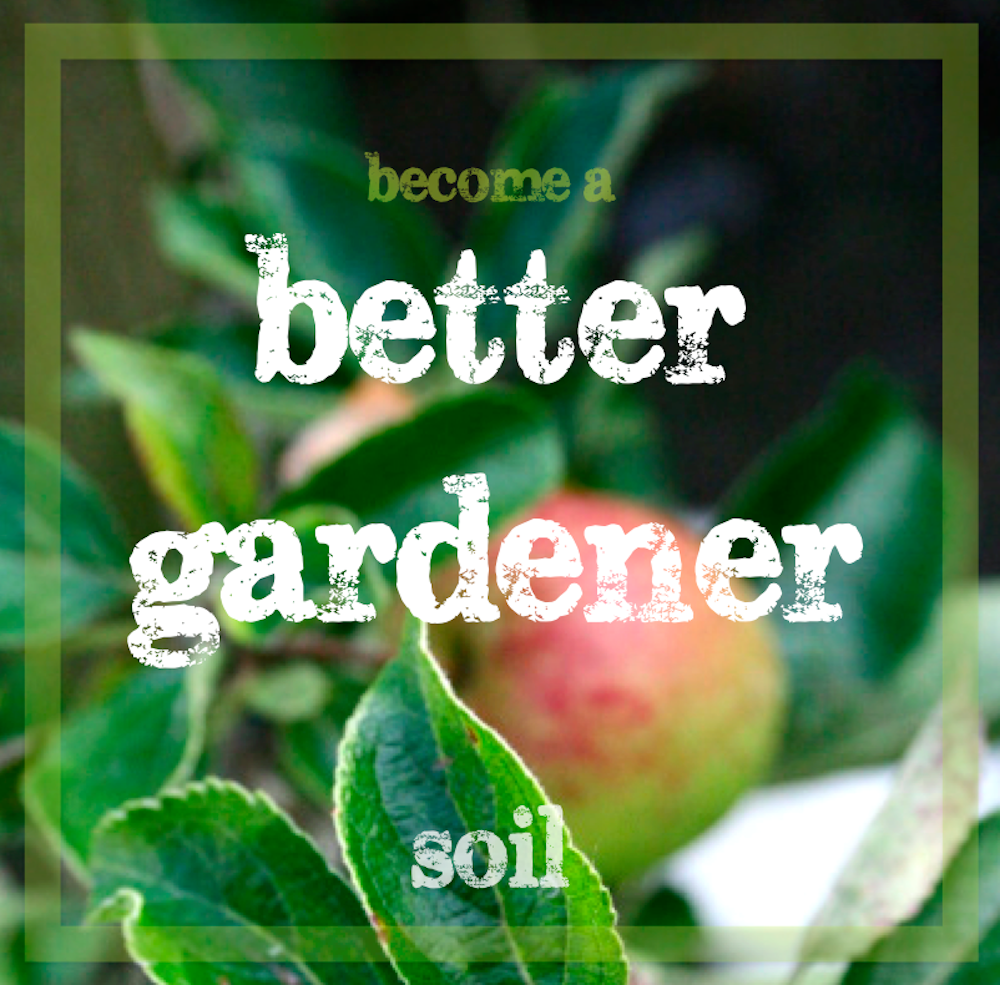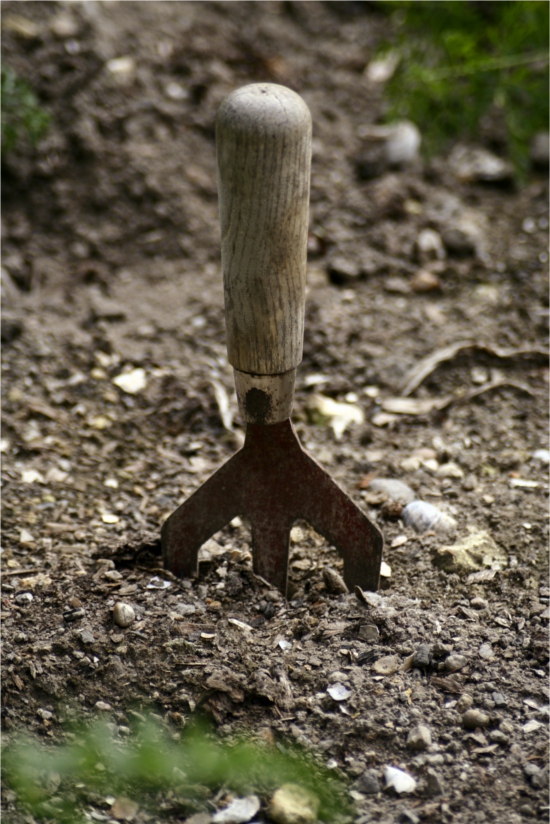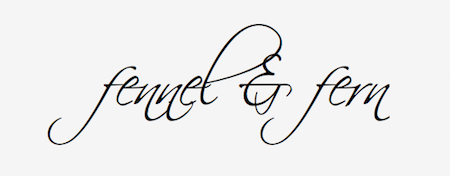
Welcome to the first day of our Better Gardener Challenge on soil. Today you’ll be looking at getting to know your soil.
What is soil?
Soil is made up of minerals such as sand and clay; organic matter such as rotting plant material and decomposing insects and animal matter along with micro-organisms living in the soil; air; and water.

Soil type
Most soils are mixtures of different minerals in varying proportions.
Sandy soils are fine, light soils which don’t stick together easily. It is difficult to form a handful of sandy soil into a ball, and tricky to keep it wet for a long period of time. They can vary in sand content: the sandier the soil is, the fewer nutrients it holds.
Clay soil is made up of far smaller particles which stick together very easily. If you pick up a bundle of this soil and try to roll it into a ball, you’ll find it is very easy. Very thick clay becomes very sticky and heavy with rain, and its greatest problem is poor drainage. It also takes a long time to warm up in the spring.
Silty soil is often found in valleys and on floodplains where rivers have deposited their contents over many years. It is rich in nutrients and tends to retain moisture well. You can form it into a tight ball easily, and it can become compacted (which is when the soil structure is pushed tightly together and the air squeezed out) very easily.
Peat soil has a much higher proportion of organic matter and is very acidic (more on this later). It has a low nutrient content and warms up very easily in the spring.
Chalk soil is stony and crumbly, although it can become sticky when wet. It has a high pH, which means it is alkaline, and it lacks a number of important minerals, including manganese and iron.
Loam is a mixture of the soils above. This is the dream soil that gardeners jump for joy when they discover underfoot. It is normally high in nutrients, warms up quickly in the summer, and has a light structure which means it both drains well and retains a sufficient level of moisture.
Get out into the garden now and find out your soil type. Water a patch of soil and pick up a handful. Squeeze it together. If it sticks into a solid lump, it will be clay soil, it it forms a lump that falls apart easily, then it is loamy or chalky soil, and if it refuses to form a solid lump, then it is sandy soil.
Soil pH
pH is the measure of the acidity of the soil. It is important to know what your pH is as it affects how well your plants grow. It is measured between 1 to 14, with the perfect spot on the range being between 5.5. and 6.5. The higher the score, the more alkaline your soil, the lower the score, the more acid. Very high or very low soil pH will kill your plants or the very least leave them looking extremely miserable.
You might be able to guess your relative pH from your soil type. If your soil is sandy or peaty, it will be a lower pH, while if it is chalky, it will be a higher pH.
You can also buy a pH testing kit to find out your exact level. This is particularly worthwhile if plants are struggling to grow, or if leaves are showing yellowed markings or patterns, as this often indicates a pH problem.
Get hold of a pH testing kit. Check if the plants in your garden have yellowing leaves or strange yellow markings on their leaves. This indicates a mineral problem.
Topsoil
Another important element in whether your soil will offer a good environment for your plants to grow in is how deep the topsoil goes. Topsoil is the first layer of soil, and is high in organic matter. Depending on the soil type and how long your site has been cultivated for, topsoil can very in depth from a few inches to a couple of metres.
Beneath the topsoil you meet the subsoil, which lacks organic matter, is compacted, and often poorly drained.
Problems
While you’re examining your soil, check for problems. Does it have a lot of stones in it?
Is it compacted from a lot of walking or heavy machinery? Is the topsoil very thin before you get to a ‘hard pan’ of subsoil? Is it poorly drained?
Does it appear to have a pH that is too high or too low? Is it riddled with weeds?
Make a list of what type of soil you have and any problems that might need addressing. Post it in the comments below if that helps.
We’ll be addressing these problems and more over the next six days of the challenge. Make sure you view and carry out your three tasks.
Tell us about what you’ve found out about your soil below. What are the problems? Have you written any blog posts about your garden’s soil? If so, post a link below.





Leave a Reply